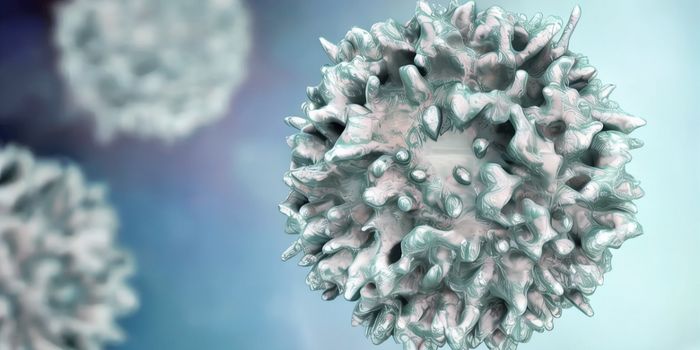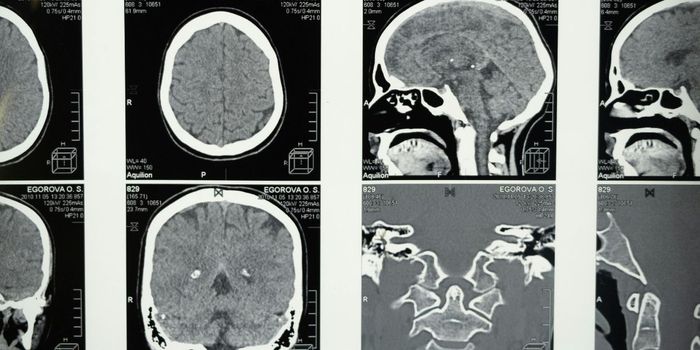The Surprising Connection between Christmas Trees & Chemotherapy
The Christmas season has again come upon us, and in less than a week, millions worldwide will celebrate the holiday. The holidays have both religious and secular traditions associated with the season, but one of the most prominent may be the Christmas tree. Whether it's green frosted cut-out cookies, families opening gifts on Christmas morning in TV movies, or ugly sweaters adorned with three-D ornaments and lights – imagery representing Christmas trees might be hard to miss this time of the year.
While many ancient civilizations had rituals revolving around evergreen branches, modern Christmas trees originated in 15th-century Germany, where Christians decorated trees in their homes. Christmas trees likely made their way to the United States through German immigrants in Pennsylvania in the early 1800s. But, because many Americans associated this custom with pagan rituals, the Christmas tree as we know it today wasn’t widespread in the United States until after Queen Victoria, granddaughter of the German-born Queen Charlotte who brought the first Christmas tree to English court, popularized the trend in Europe in the late 1800s century. As electricity became more widely available in the early 20th century, people lit their Christmas trees. They began showing up in public areas across the United States, cementing the once-odd ritual in American culture.
Some people love Christmas trees for their tradition, beauty, or spiritual origins, and some might not like them at all. Still, it will probably surprise most readers to learn that a commonly used chemotherapy comes from the bark of an evergreen tree!
In 1955, the National Cancer Institute (NCI) started the Cancer Chemotherapy National Service Center (CCNSC) to fund research to test new compounds for anti-cancer efficacy. Initially, the CCNSC analyzed known and synthetic blends. Then, in 1960, a partnership with the United States Department of Agriculture (USDA) brought a litany of natural plant and animal products to the table for evaluation. Among over 30,000 samples tested, paclitaxel emerged as a viable cancer treatment.
We can thank USDA botanist Arthur Barclay for collecting bark from a Pacific yew tree (Taxus brevifolia) in Washington. Pacific yew trees (also called Western Yew) sport berry-like seed cones. NCI scientists named Monroe Wall and Mansukh Wani tested Barclay’s samples in their North Carolina laboratory and discovered that extracts from the Pacific yew killed living cells! When they isolated the toxic components from the Pacific yew’s bark, the researchers called the newly identified antimitotic agent paclitaxel. After years of preclinical research, paclitaxel entered Phase 1 clinical trials in 1987.
While Phase 1 and 2 trials garnered promising results, challenges quickly arose. Extraction of a small amount of paclitaxel required a lot of bark. Manufacturing proved expensive, and environmental concerns emerged as the trees couldn’t survive without bark. In the early 1990s, NCI partnered with Bristol-Myers Squibb, leading to the generation of the semisynthetic compound Taxol.
The Food and Drug Administration (FDA) approved Taxol for the treatment of ovarian cancer in 1992 and breast cancer in 1994. Since paclitaxel’s discovery, it has saved the lives of numerous cancer patients, including those with ovarian, breast, lung, and pancreatic malignancies. The World Health Organization (WHO) placed paclitaxel on the Model List of Essential Medicines, the drugs believed to be essential to support a basic health care system.









